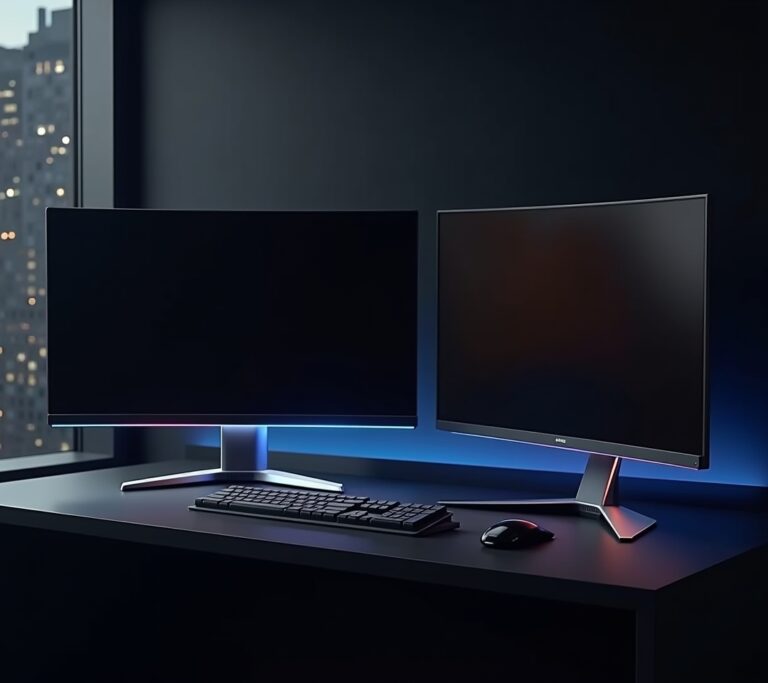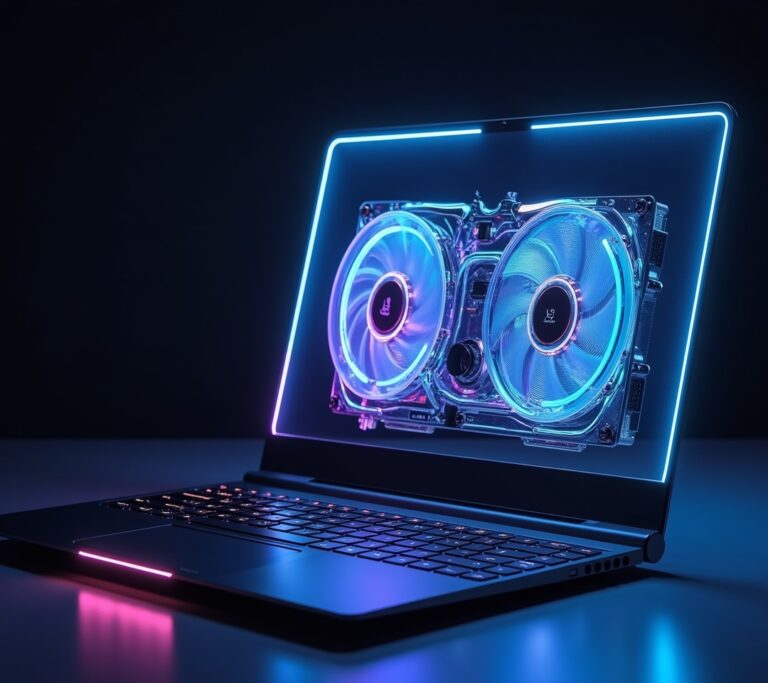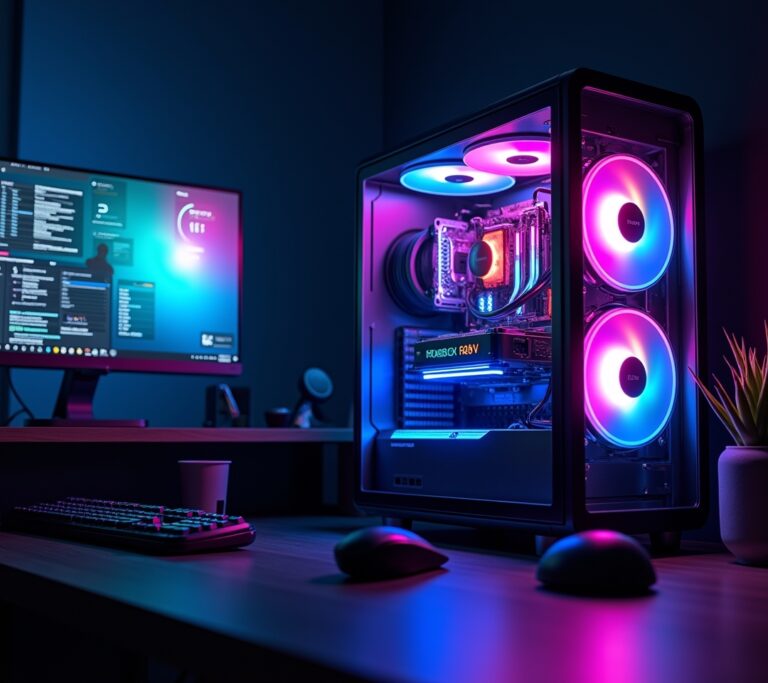Advertisements
So here’s a fun fact: 73% of console gamers still use TVs instead of gaming monitors! However, after years of switching between both, I’ve learned that this choice can literally make or break your gaming experience.
Let me tell you, choosing between a gaming monitor and TV for console gaming has been one of my biggest headaches. Actually, I’ve wasted probably hundreds of hours (and dollars) figuring this out the hard way.
The Great Living Room Disaster of 2025

Okay, so picture this: I’d just gotten my hands on a PS5, and naturally, I hooked it up to my 65-inch TV. Moreover, I was thinking “bigger is better,” right?
Wrong. Dead wrong.
Turns out, my beautiful 4K TV had this thing called input lag that made playing competitive games feel like I was gaming through molasses. Furthermore, every time I tried to play Call of Duty, I’d get destroyed because my opponents were seeing things happen before me!
Response Time: Why Milliseconds Actually Matter
Here’s what nobody tells you about response time. Generally, gaming monitors crush TVs in this department, and honestly, it’s not even close.
Most gaming monitors deliver 1-5ms response times. Meanwhile, even “gaming mode” TVs struggle to get below 15ms.
I remember playing Rocket League on my buddy’s monitor for the first time. Subsequently, going back to my TV felt like playing underwater – everything was just slightly delayed and mushy.
The Resolution and Size Sweet Spot
Now, TVs definitely win when it comes to sheer size and that cinematic experience. Nevertheless, bigger ain’t always better for gaming.
After testing different setups, I’ve found that 27-32 inches is the sweet spot for desk gaming. Additionally, anything larger and you’re literally turning your head to see the minimap!
For couch gaming though? Yeah, that 55-inch TV is chef’s kiss. Especially for single-player adventures like God of War or Horizon.
My Expensive HDMI 2.1 Lesson
Oh boy, this one hurt my wallet. See, I bought this fancy gaming monitor that was supposed to do 4K at 120Hz.
Plot twist: it only had HDMI 2.0. Therefore, my PS5 could only push 4K at 60Hz or 1080p at 120Hz.
Always, ALWAYS check for HDMI 2.1 support if you want the full next-gen experience. Furthermore, make sure your cables are HDMI 2.1 certified too – learned that one the hard way!
The HDR Showdown Nobody Talks About
Here’s where things get interesting. While gaming monitors are catching up, TVs still generally offer better HDR performance.
My LG OLED makes games look absolutely stunning with its perfect blacks and infinite contrast. However, it cost me three times what a decent gaming monitor would!
Budget monitors often have “HDR” that’s basically fake – they accept the signal but can’t actually display it properly. Consequently, you’re better off with a good SDR monitor than a bad HDR one.
Real Talk: What Actually Works Best
After all my trial and error (emphasis on error), here’s what I’ve settled on. For competitive multiplayer games, I use my 27-inch 1440p gaming monitor with 165Hz refresh rate.
The responsiveness is unmatched. Plus, features like variable refresh rate eliminate screen tearing completely.
But for story-driven games? I migrate to the living room TV every time. Because nothing beats playing The Last of Us on a big OLED while lounging on the couch.
Making Your Choice Count

Look, at the end of the day, your choice depends on what games you play most. Moreover, consider where you’ll be gaming – desk or couch makes a huge difference!
If you’re into competitive gaming, a monitor’s gonna serve you better. Nevertheless, if you’re all about those single-player experiences and movie nights, a good TV might be your best bet.
Just remember to check those specs carefully – especially input lag and HDMI versions. Trust me, learning these lessons after you’ve already bought something is way more painful!
Want more gaming setup tips and honest hardware reviews? Therefore, check out other posts on Streamhttps://gostreamcade.comcade where we break down all the tech stuff without the marketing fluff!



